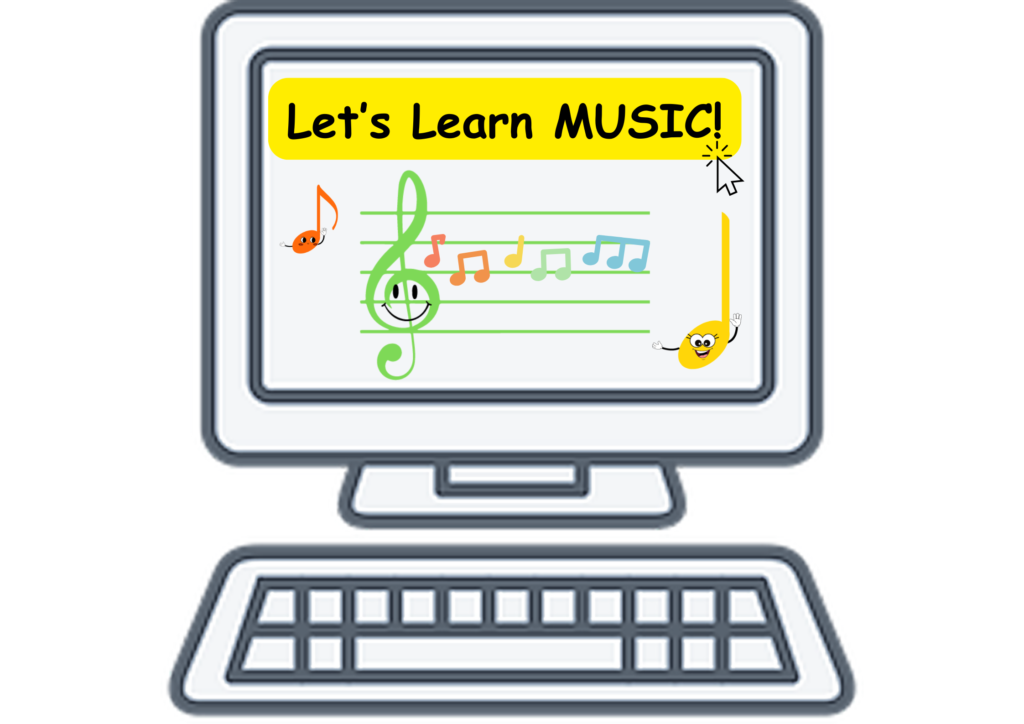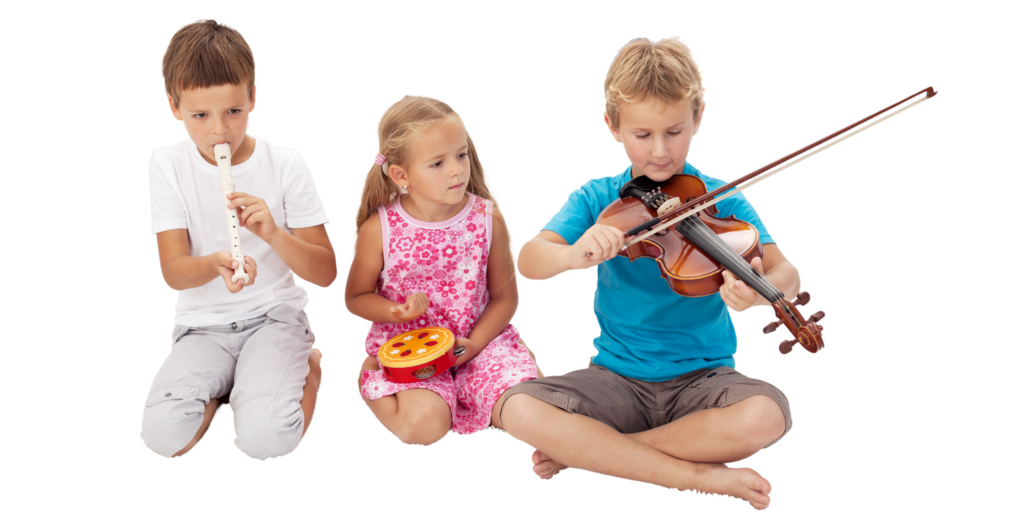What is the Best Online Music Learning for Kids? As a music teacher and a big fan of fun, I’ve always believed that music should be something kids enjoy. These days, many families are looking for ways to teach music at home. With so many options out there, it can be hard to know where to start. That’s why I created this guide to the best online music learning for kids. Whether you’re a parent, teacher, or just someone who loves sharing music, this post will help you find fun, engaging, and effective ways to teach music online.

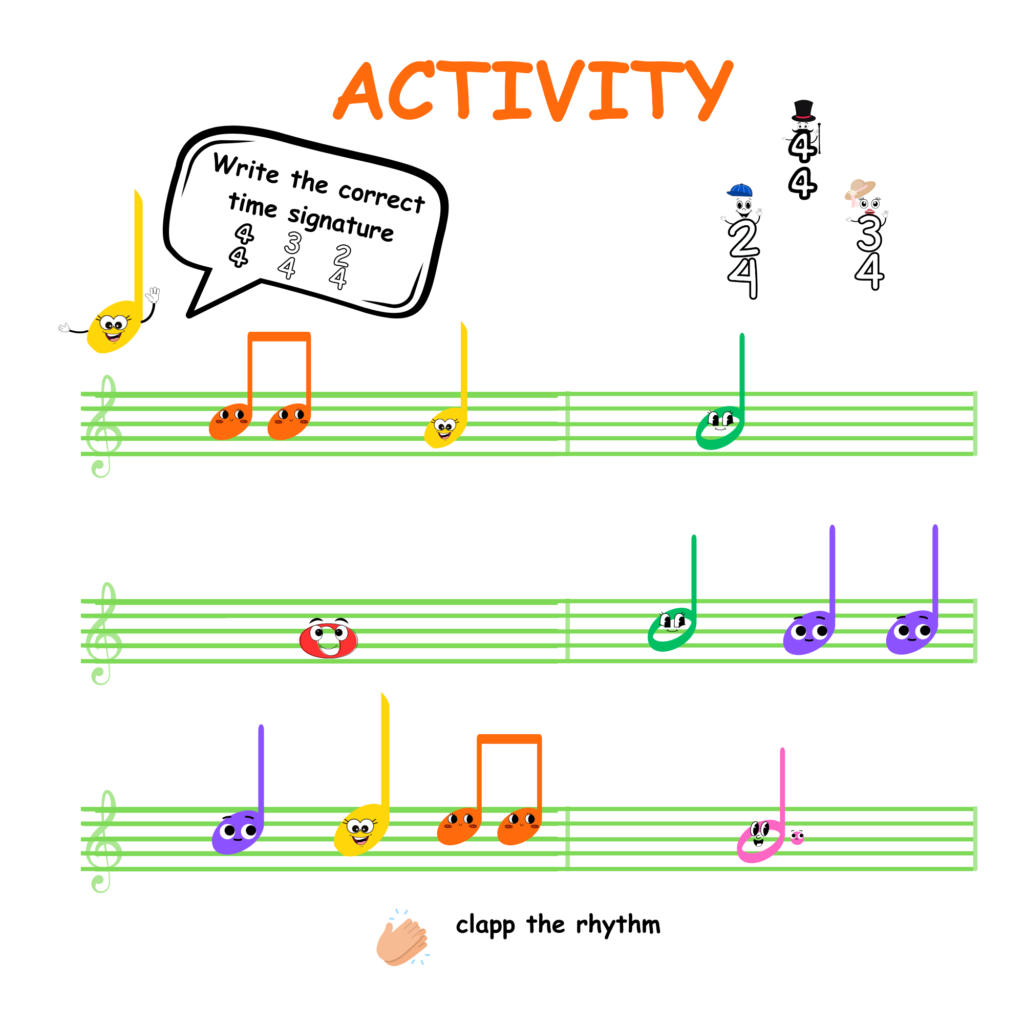
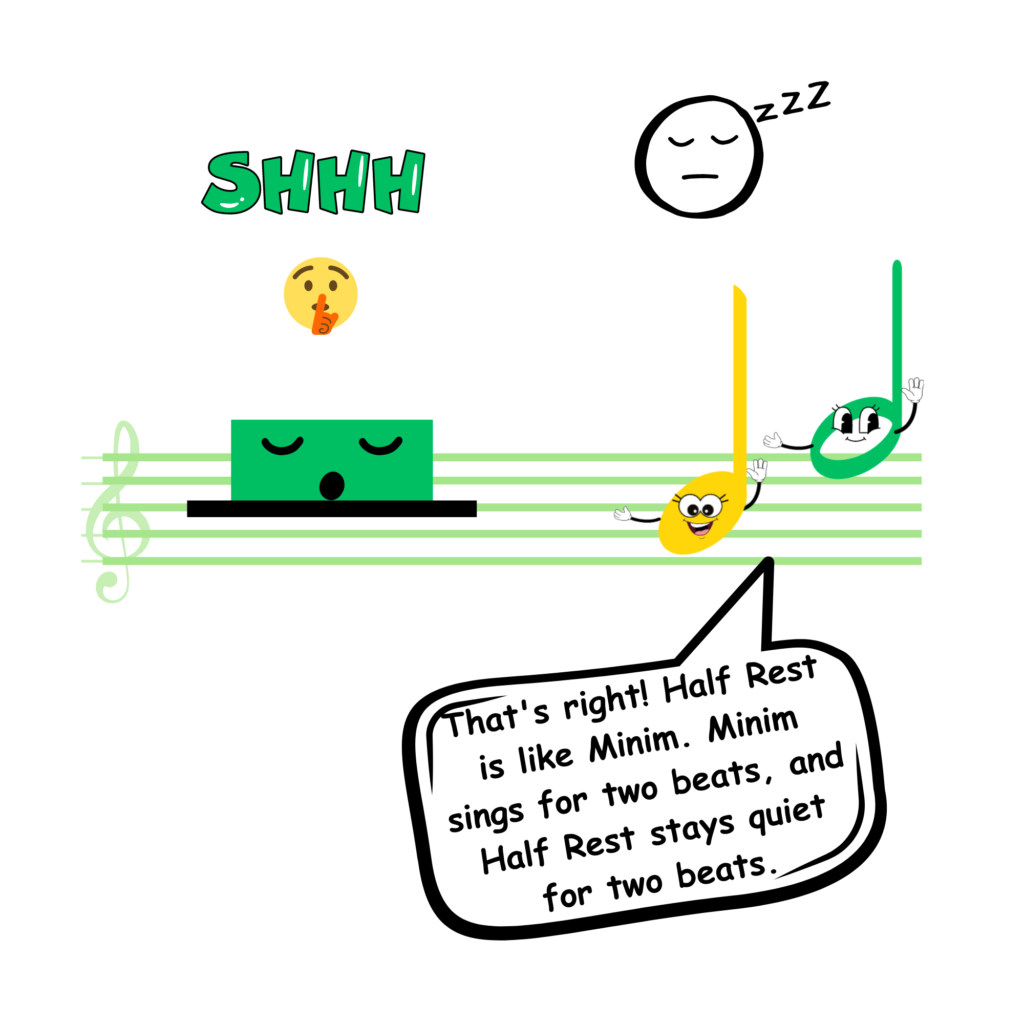
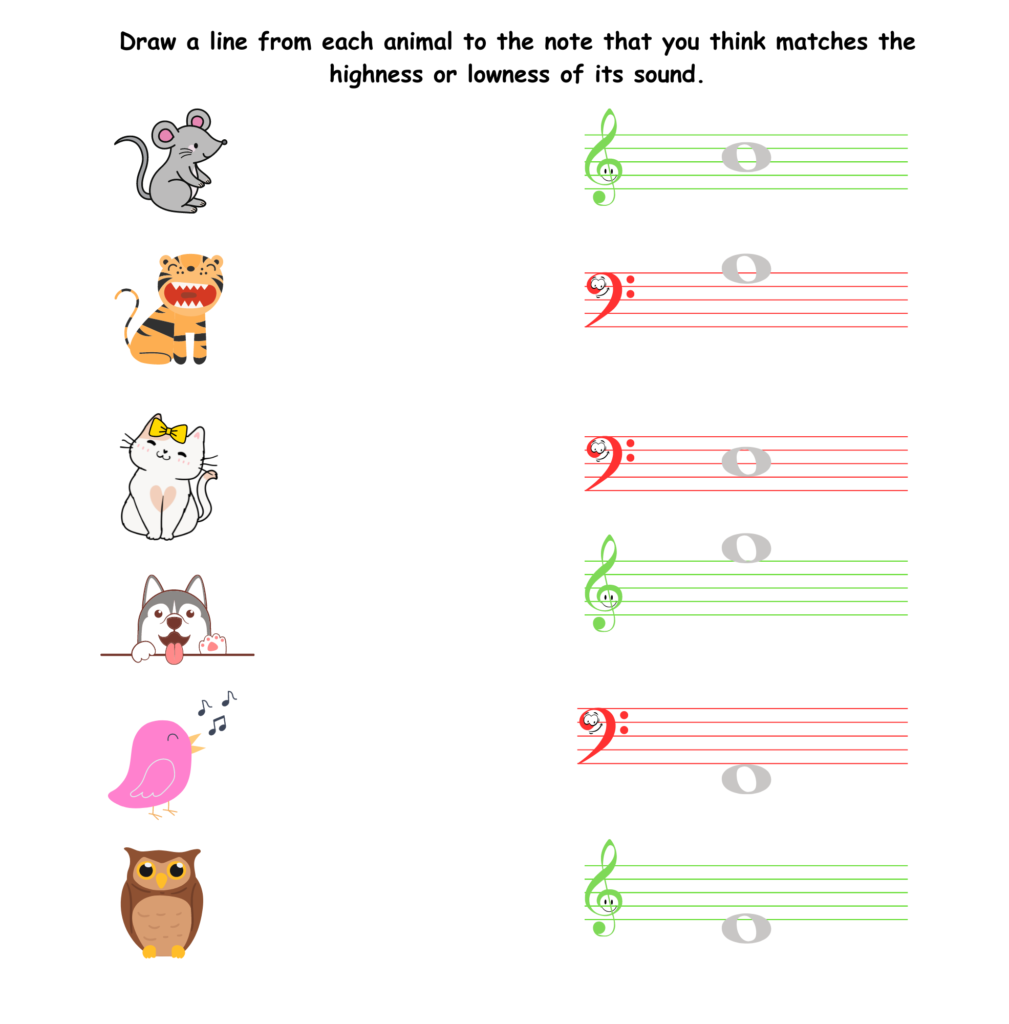
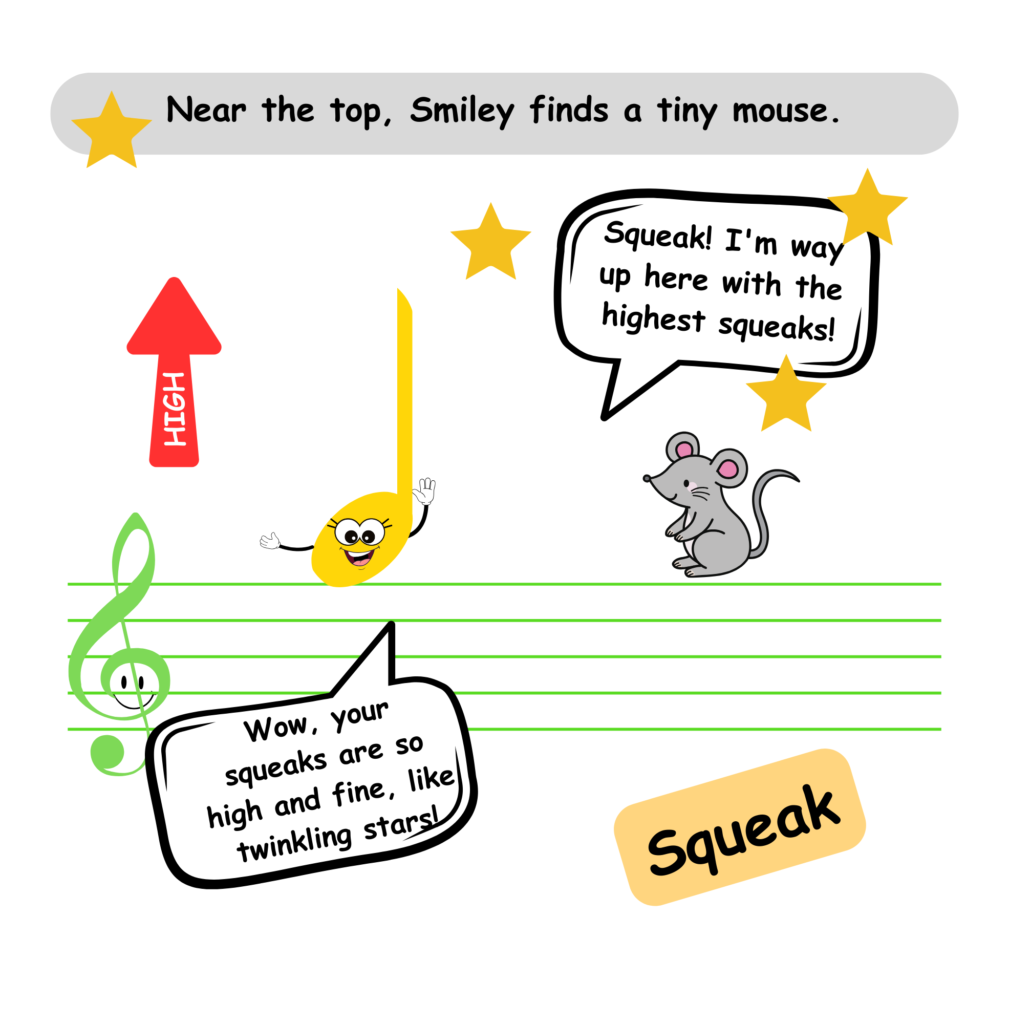
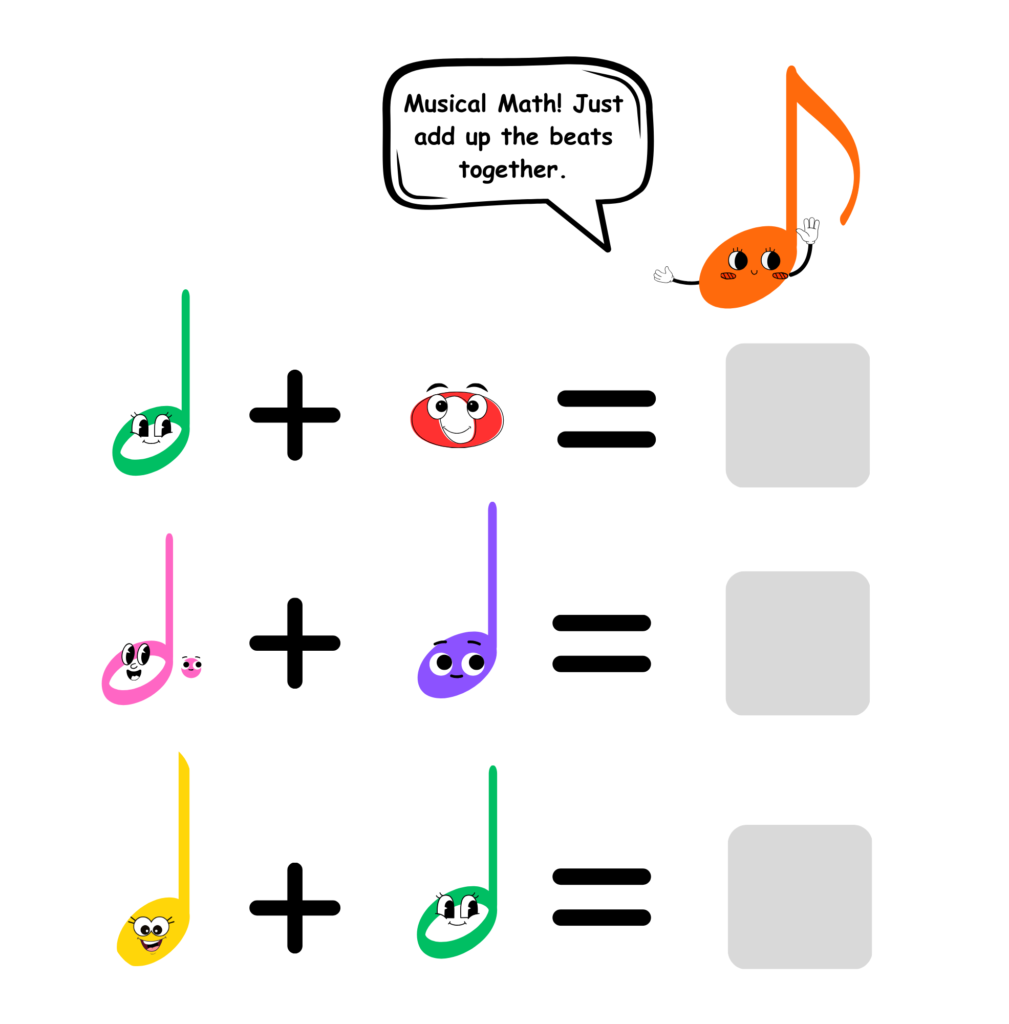
Why Online Music Learning is So Great for Kids
Online music learning is booming, and it’s easy to see why. It allows kids to learn at their own pace, in a familiar environment, and it can be done anytime, anywhere. Plus, when done right, it can be just as interactive as in-person lessons!
Here are some great benefits of online music learning:
- It’s flexible and fits into any schedule
- It offers a wide range of activities like games, videos, and songs
- It can be personalized for each child’s learning style
- It makes screen time educational and fun
Many parents ask me, “Can kids really learn music theory online?” The answer is a big yes! With the right resources, kids can learn rhythm, notes, and even basic composition in a playful and natural way.
What Makes a Great Online Music Program for Kids?
Not all online music resources are created equal. When I look for tools to use with my students or recommend to parents, I always check for these things:
1. Age-Appropriate Content: Is it made for little learners? Young kids need clear visuals, short activities, and lots of repetition.
2. Interactive Elements – Kids learn best by doing! Look for apps and websites with clickable games, sing-alongs, and drag-and-drop features.
3. Visual and Audio Learning: Great music programs should mix sound with fun visuals like animations, note characters, and colorful images.
4. Printable or Hands-On Options: Can you print worksheets or flashcards? Can kids move around or play along? It shouldn’t all be staring at a screen.
5. Teacher or Educator Designed: Resources made by real music teachers (like me!) understand what works and what doesn’t for young children.
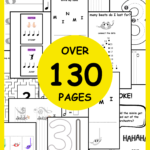
Best Online Music Learning for Kids: My Top Picks
I’ve explored tons of music programs over the years. Here are my top favorites that bring music to life for children!
🌟 1. Smiley Note (Fun Characters That Teach Real Music!)
Okay, I’ll start with my own project – Smiley Note. I created it to make music theory fun and friendly for little ones. The Smiley Note world is filled with cute characters like Crotchet, Minim, Quaver, and more. Each one teaches a part of music in a way that even 4-year-olds can understand.
What makes it special:
- Music theory turned into storytelling
- Printable board game for offline fun
- Animated videos for visual learning
- Flashcards, worksheets, and freebies for teachers and parents
It’s all designed by me, a music teacher, so everything has a purpose. I believe that learning should be joyful, and that’s what Smiley Note is all about.
2. Prodigies Music
This colourful and engaging platform is perfect for teaching pitch and melody. It uses boomwhackers and hand-signs to help kids connect sounds to visuals.
What I love:
- Step-by-step video lessons
- Great for beginners
- Lots of sing-along options
3. QuaverMusic
This is a school-style platform with games, lessons, and activities. Teachers often use it in classrooms, but it’s great for homeschool too.
Highlights:
- Covers rhythm, melody, and movement
- Songs with animations and dancing
- Aligned with music education standards
4. YouTube Channels (Like Music with Lindsey, Mr. Henry’s Music World, and More!)
YouTube has many gems for free music learning. Just be sure to find creators who are educators and keep things kid-friendly.
Search for:
- “Learn music notes for kids”
- “Preschool music games”
- “Rhythm clapping videos for children”
Don’t forget to check out Smiley Note’s own videos, where the characters come to life!
5. Interactive Apps & Websites
There are also some cool apps you can try:
- Music Sparkles – great for toddlers
- Rhythm Swing – teaches rhythm with gameplay
- Staff Wars – a fun game for note-reading
Free & Fun Tools to Support Online Learning
You don’t need to spend a lot to get started with music at home. Some of my favorite tools are free!
Here are some ideas:
- Free music flashcards
- Printable rhythm games with clapping activities
- Colouring pages of Smiley Note characters
- DIY musical instruments (shakers, drums)
- Spotify playlists for kids with fun classical or sing-along music
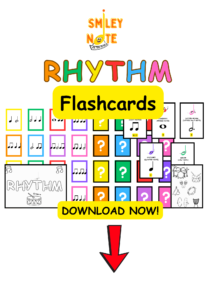
How to Create a Music Learning Routine at Home
Music learning works best when it’s part of your everyday routine. Here are simple ideas:
1. Music Mondays: Pick one day a week for music fun! 2. 5-Minute Flashcard Time: Use visuals to review notes or rhythms. 3. Watch & Play: Watch a Smiley Note video, then play a game using what you learned. 4. Sing and Move: Add movement to songs, like clapping, jumping, or tapping beats. 5. Create a Music Corner: Set up a special area with printables, instruments, and toys.
Final Thoughts: Best Online Music Learning For Kids
Learning music doesn’t have to be serious or boring. With the best online music learning for kids, it becomes playful, joyful, and exciting. Whether you use YouTube, apps, or fun characters like the ones in Smiley Note, you’re giving your child or student the gift of music.
Start small. Pick one activity or video a week. Print a few flashcards. Play a game. The key is consistency and fun.
If you’re ready to bring music theory to life, explore my Smiley Note printables and games today. They’re designed with love, laughter, and lots of learning!
FAQs About Best Online Music Learning for Kids
Q: What’s the best age to start music online?
A: As young as 3! Start with movement and rhythm, then slowly introduce notes and listening games.
Q: Can my child learn music without an instrument?
A: Absolutely! Many activities teach rhythm, note recognition, and musical thinking without needing an instrument.
Q: How long should online music learning sessions be?
A: For young kids, 5–10 minutes is plenty! Short, fun sessions work best
Q: Is Smiley Note good for homeschooling?
A: Yes! It was designed for both home and classroom learning. It’s flexible, printable, and screen-friendly too.

